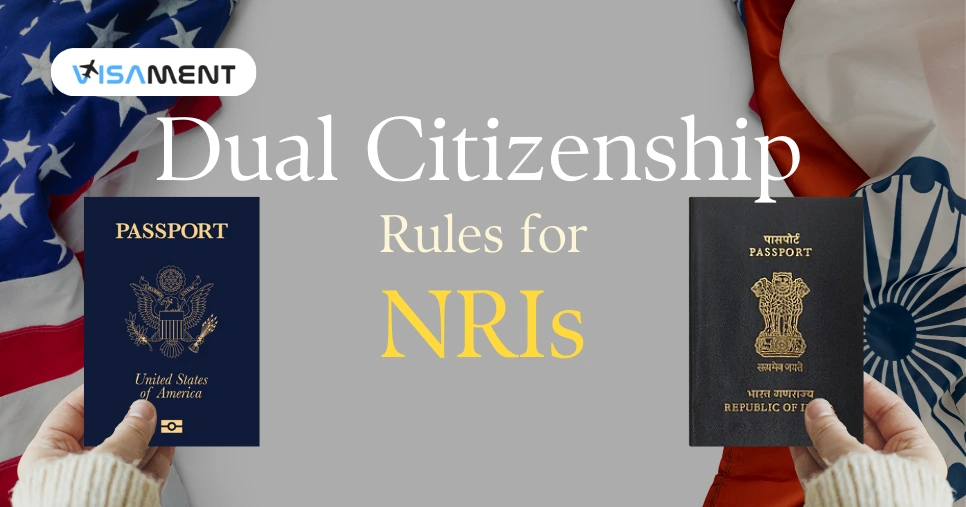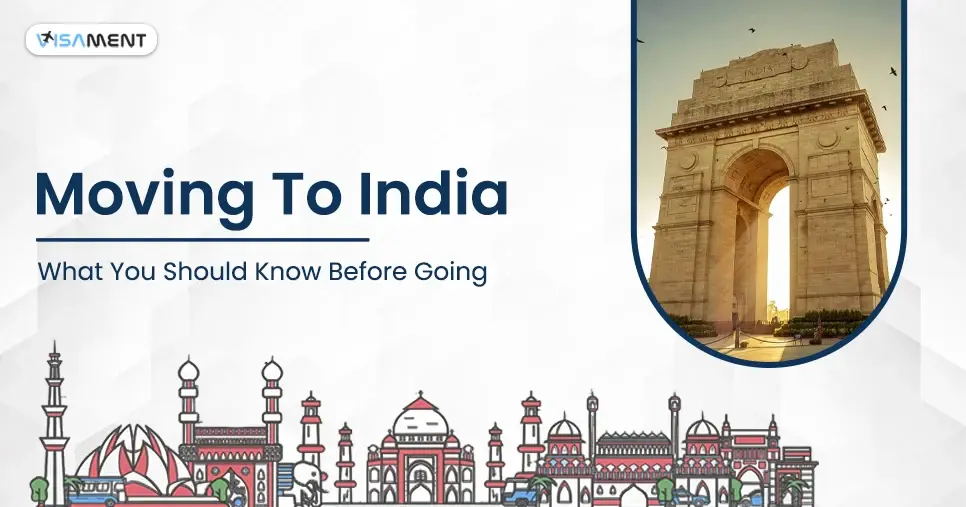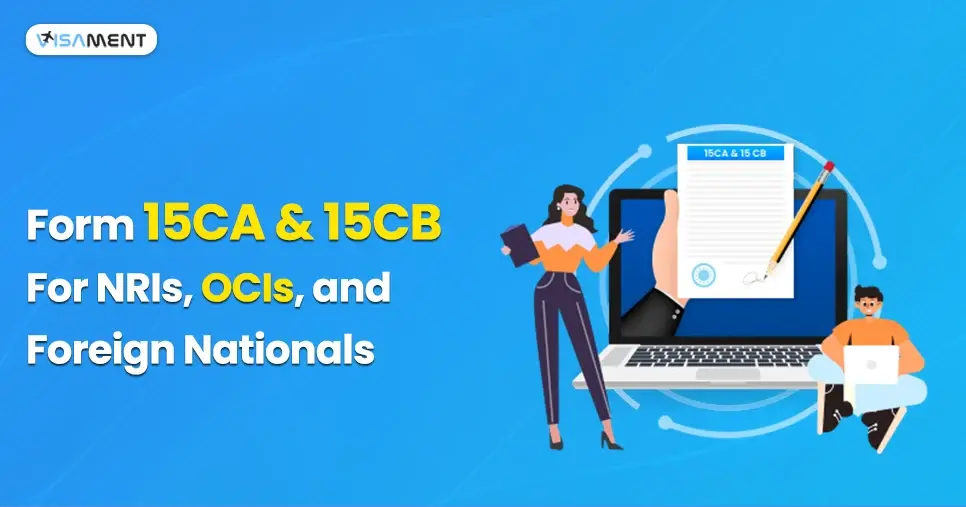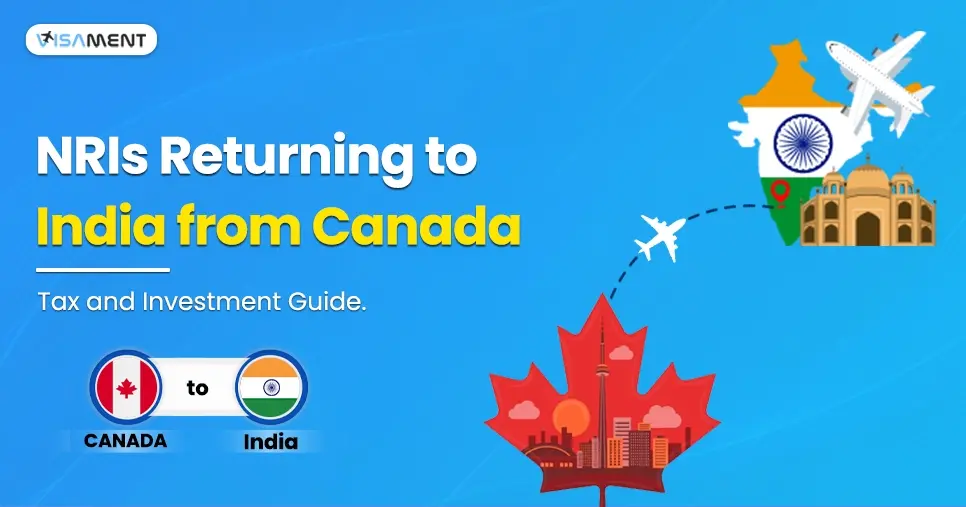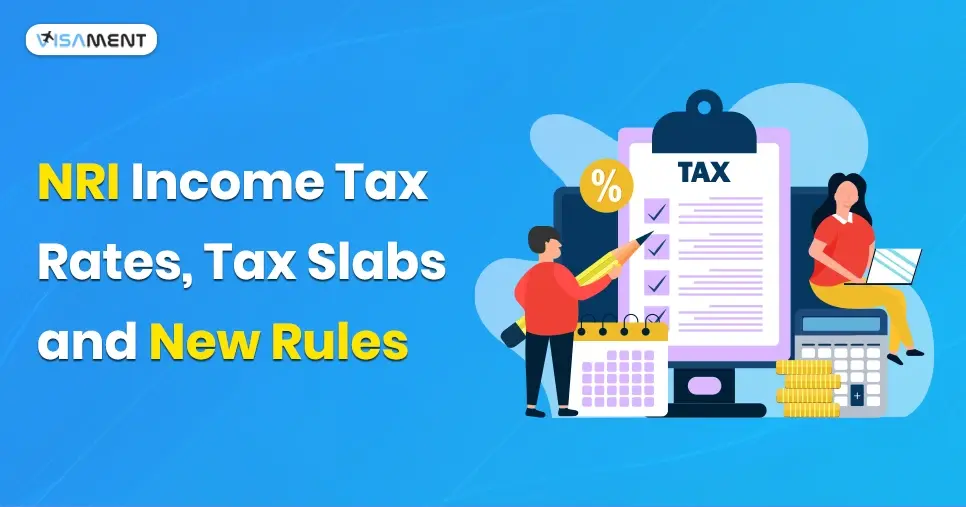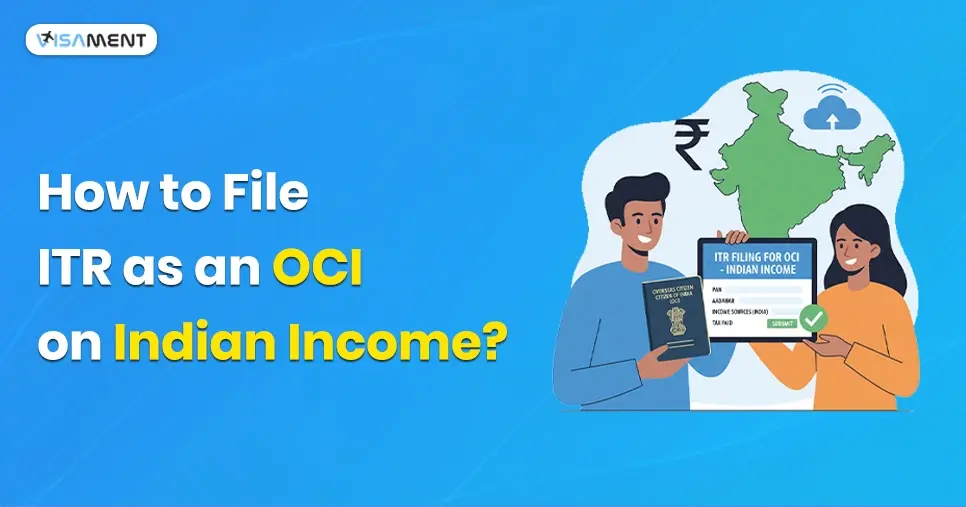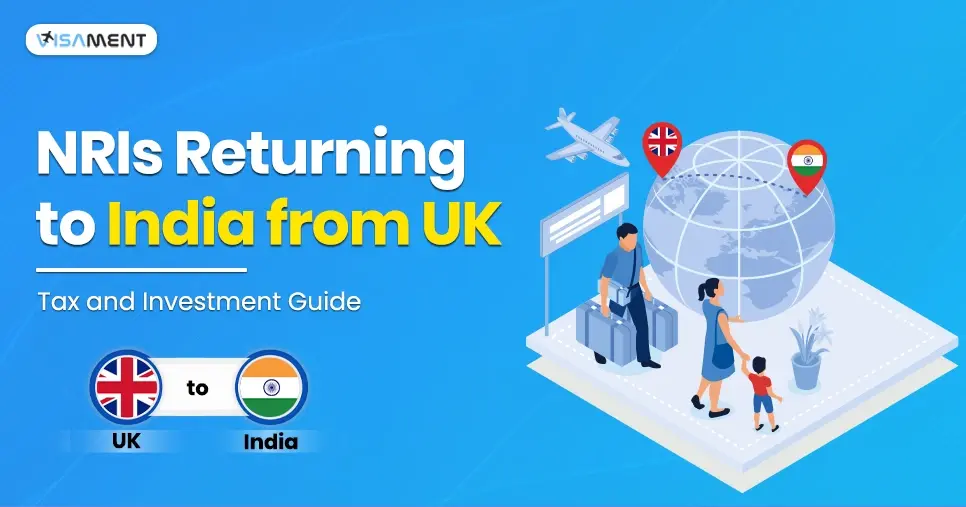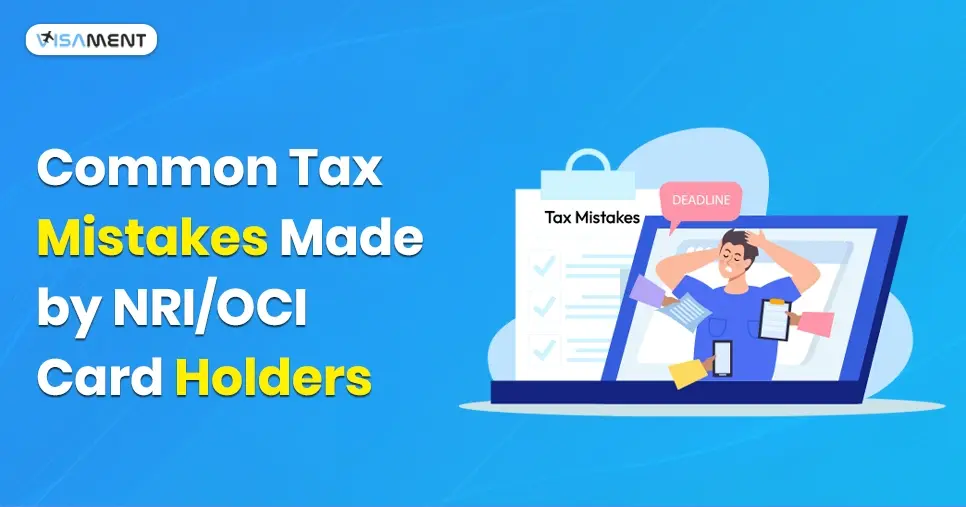- What is a Biometric Residence Permit (BRP)? A Complete Guide for NRIs in the UK
- NRI Types and Applications: The Complete Guide
- NRIs Returning to India from the Canada: Tax and Investment Guide
- What are The Documents Required For NRI Account?
- NRIs Returning to India from the USA: Tax and Investment Guide
- History of the PIO Card: What NRIs Should Know
- How to Convert Your PIO Card to OCI Card
- Benefits of the OCI Card Over the PIO Card
- Eligibility Criteria for the OCI Card
- Procedure to Transform Your PIO Card to an OCI Card
- Legal Implications of Holding an OCI Card
- How Visament Helps with OCI Card Applications and Immigration Services?
If you are a non-resident Indian (NRI) and want to enjoy several rights and privileges similar to those of Indian citizens, then a PIO card is for you. A person of Indian Origin card is an identification card that allows NRIs to enjoy Indian privileges and rights. With a PIO card, NRIs can easily travel to India and access educational and economic opportunities.
Apart from all the usages of PIO cards, it is essential to know that this scheme was discontinued on the 9th of January 2015 and united with the OCI card scheme. Want to learn more about it? If yes, then no need to worry, now you have landed on the perfect page. This blog will enlighten you about the history, benefits, and transition process of the PIO card for NRIs.
History of the PIO Card: What NRIs Should Know
If we shed light on the history of the Person of Indian Origin card, it was introduced by the Indian government in the year 2002. The reason behind introducing the PIO card is to make strong connections between India and Indians living overseas. This card is only issued to those people who belong to Indian origin up to the fourth generation. If you belong to Pakistan, Bangladesh, or other countries that the government may specify, then you are not eligible to apply for a PIO card.
Additionally, if we talk about the validity of the PIO card, then it is 15 years old and offers a lot of benefits that make the PIO card more popular among the Indian diaspora. Later person of Indian Origin card is integrated with an OCI card. So let's walk to the conversion of the PIO card to OCI and check out its benefits.
How to Convert Your PIO Card to OCI Card
The government of India decided to integrate Persons of Indian Origin (PIO) cards with Overseas Citizen of India (OCI) cards. The reason behind taking this step is to modernize the benefits offered to the Indian diaspora. Simplifying the legal bureaucratic processes for NRIs and offering them greater convenience is also the main reason behind the conversion. This move highlights the Difference Between OCI and PIO Cards, as the OCI card now serves as a unified document that allows NRIs to travel to India without a visa for a lifetime and eliminates the need to report to the police. There are ample advantages to having an OCI card—let’s check them out.
Benefits of the OCI Card Over the PIO Card
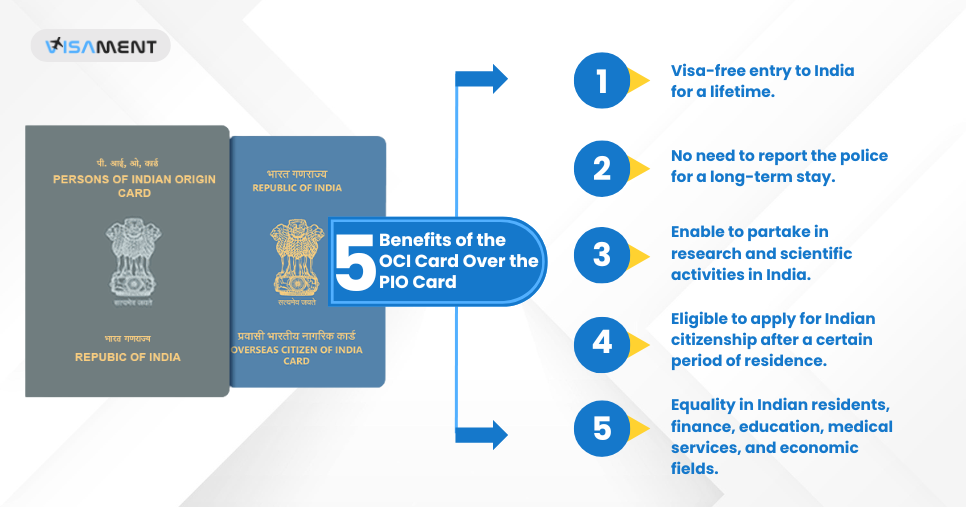
There are several benefits of an Overseas Citizen of India card. Let's check them out.
- Visa-free entry to India for a lifetime.
- There is no need to report to the police for a long-term stay.
- Enable to partake in research and scientific activities in India.
- Eligible to apply for Indian citizenship after a certain period of residence.
- Equality in Indian residents, finance, education, medical services, and economic fields.
So, are you an NRI and want to apply for an Overseas Citizen of India card? If yes, then you need to qualify for some criteria. Want to know what that is? Then, stay connected with us. Next, we will discuss the NRI, PIO, OCI qualification criteria and the eligibility details for the OCI card.
- No embassy visits required
- Eligibility check & document guidance
- Instant application submission
Eligibility Criteria for the OCI Card
- To get an OCI card it is essential that you were an Indian citizen after January 26, 1950.
- From January 26, 1950, you were required to become an Indian citizen.
- You must belong to a territory that became part of India after August 15, 1947
- If you are a child, grandchild, or great-grandchild of a citizen who met one of the above criteria, you can apply for an OCI card.
- If you are a minor and your parents or grandparents match the above criteria, then you are eligible to apply for OCI.
- Spouse of a citizen of India or an OCI cardholder, and your marriage has been registered for at least two years, then you can apply for an Overseas Citizen of India Card.
Above, we discussed the benefits of an OCI card over a person of Indian origin card, the history of PIO, and more. As we know, PIO has been merged with OCI, but what if you already have a PIO card? Excited to know more, if yes, then let’s move forward and learn the process to convert your PIO card to an OCI card.
Procedure to Transform Your PIO Card to an OCI Card
If you want to convert your Person of Indian Origin card into an Overseas Citizen of India card (PIO to OCI), then you can choose the online mode. You just need to visit an official government website, fill out the standard form, and attach all the required documents. Including a current PIO card, valid passport, current photograph, and more. After submitting the form and all the required documents for an OCI card, you need to pay the conversion fee.
So, if you are a PIO cardholder or an OCI cardholder and want to learn how the OCI card affects the law? Then the next part of this blog is for you.
Legal Implications of Holding an OCI Card
OCI cardholders can take advantage of various services in India, but it is also crucial that it does not equate to full Indian citizenship. There are plenty of things that OCI cardholders can’t do, including not having the right to vote in India and not being able to hold public offices. Additionally, they are not allowed to buy plantation property or agricultural land in India. Apart from these, they can live, work, and study in India until they want to do it and also maintain close ties with India.
How Visament Helps with OCI Card Applications and Immigration Services?
With the help of this blog, readers will get to know about the benefits, limitations, PIO to OCI conversion, and many more. So if you are a Person of Indian Origin card holder and want to convert your PIO card to OCI, but are facing difficulties, then choose Visament. It is one of the finest immigration service providers that help their clients fill out error-free OCI applications, and simplify the process to create visas, passports, OCI, NRI, PIO cards, and many more.
Additionally, if you choose this organization, then here you will get Speedy Approval, 24*7 client support, Clarity and Clearness, inexpensive prices, etc. So if you have any queries related to immigration services or regarding Aadhar or PAN card, then you must try to connect with them and enjoy their consultation services.
Frequently Asked Questions
Indian-Origin Card is a form of identification that provides specific rights to people of Indian origin.
No, OCI card holders are not allowed to vote in India.
Yes, OCI will get a PAN card in India.
Yes, OCI can purchase commercial and residential property in India.
To convert a person of Indian origin card into an Overseas Citizen of India card takes 2-3 weeks.
Yes, the Person of Indian Origin card is extendable after 15 years.
The fee for a PIO card is ₹15,000 for adults and ₹7,500 for children under 18 years old.
To apply for a PIO card applicants need to fill a PIO application form, and submit the required documents with fees.



